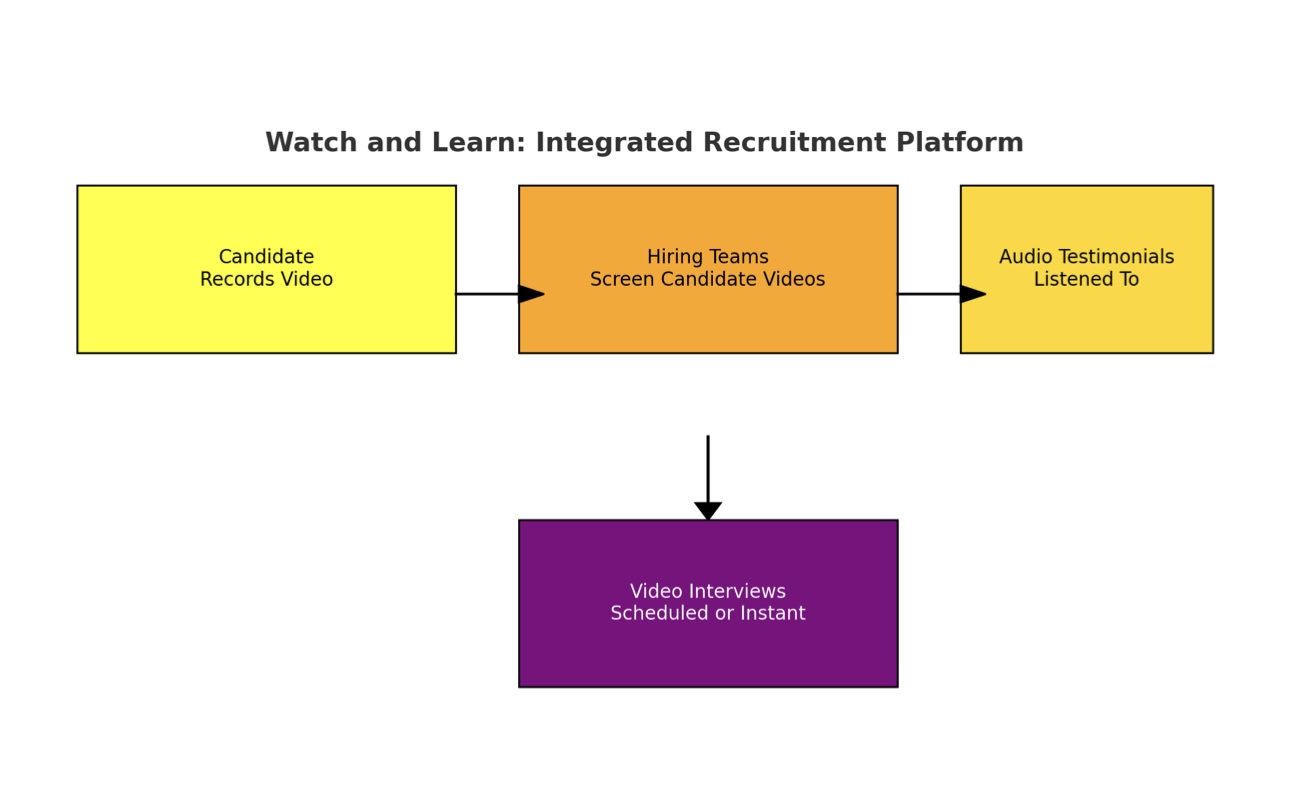
In the realm of recruitment, the search for authenticity has always been paramount. Whether evaluating a candidate’s technical skills, assessing cultural fit, or simply ensuring that the narrative they present is genuine, employers have traditionally relied on two primary tools: the phone call and the written reference. Yet, as technology advances, so too must our methods of discernment. Enter the age of video and audio—a transformation that promises to redefine how we screen and assess candidates.
Imagine a scenario where a recruitment team is sifting through stacks of résumés, each more polished than the last. The phone rings—a reference call is scheduled. But there’s a problem: the voice on the other end of the line is rushed, perhaps even distracted. Time zones don’t align, and what was supposed to be a 15-minute conversation is now a fleeting five-minute exchange. In the end, the recruiter is left with a few vague affirmations and the nagging feeling that something crucial may have been missed.
Contrast this with the potential of a video-driven recruitment process, where candidates not only submit their résumés but also share video introductions, detailing their experiences, motivations, and aspirations. This isn’t just a more dynamic résumé—it’s a window into their world. The recruitment team, rather than being tethered to the constraints of time zones and busy schedules, can review these videos at their convenience, repeatedly if necessary, to glean insights that a traditional résumé might obscure.
But the true revolution lies in how we gather references. In the past, a written reference might offer carefully chosen words—sometimes too carefully. A phone call, while more immediate, can suffer from the limitations of time and context. But what if we could capture the essence of a reference in a way that is both authentic and efficient?
This is where audio testimonials come into play. Referees can now send voice notes—concise, spontaneous, and unfiltered. These voice notes capture more than just the content of what is being said; they capture tone, emotion, and the subtle nuances of how a referee truly feels about the candidate. Is there hesitation in their voice? Genuine enthusiasm? A carefully considered pause before a statement of praise? These auditory cues, often lost in the sterile formality of written references, are invaluable.
Moreover, these voice notes offer a flexibility that phone calls cannot match. A referee can record their thoughts at a time that suits them, ensuring that what they share is thoughtful and considered. The recruitment team, in turn, receives a reference that can be replayed, analysed, and shared with other decision-makers, ensuring that nothing is lost in translation.
The implications of this shift are profound. The efficiency of the recruitment process is vastly improved. No longer does one need to chase down referees for a phone call that might interrupt their workday. No longer does one need to decipher the carefully constructed language of a written reference, wondering what might lie between the lines. Instead, we have a method that is both quick and, crucially, more authentic.
But beyond efficiency, there’s something deeper at play. In a world where we increasingly seek to understand the true character of those we work with, audio references provide a more direct line to the truth. They are, in many ways, more human. They allow us to hear not just what someone thinks about a candidate, but how they feel about them.
Incorporating these audio testimonials into the recruitment process alongside video introductions and interviews allows for a more holistic view of a candidate. It’s not just about what they have done, but who they are. This method, combining the visual, the verbal, and the vocal, offers a richer, more nuanced picture—one that is far more difficult to fake or fabricate.
As the world of work continues to evolve, so too must our methods of evaluation. The traditional tools of the trade—résumés, phone calls, written references—have served us well, but they are increasingly out of step with the demands of the modern workplace. By embracing video and audio, we not only streamline the recruitment process but also bring it closer to the essence of what it means to truly understand another person. In doing so, we create a recruitment experience that is not just more efficient, but also more authentic, more human, and ultimately, more effective.
Create Your Watch and Learn Site
Once your site is ready, share the URL with candidates and ask them to submit videos showcasing their skills and experience through a private chat. Additionally, instruct candidates to have their referees send audio references and testimonials. This method not only enhances authenticity but also saves you countless hours by eliminating unnecessary scheduling and phone tag.